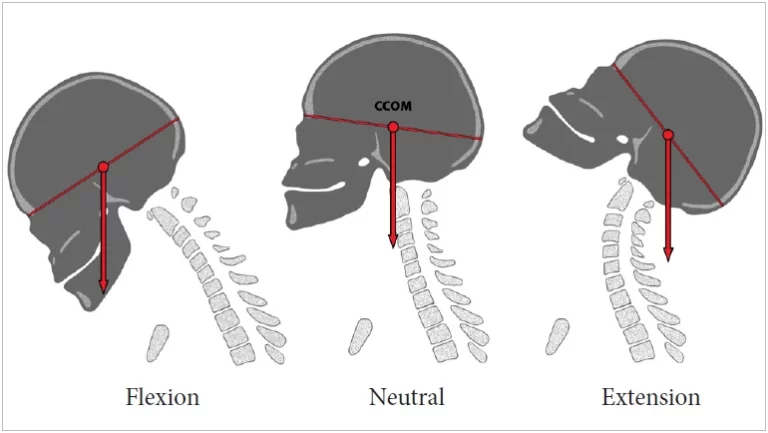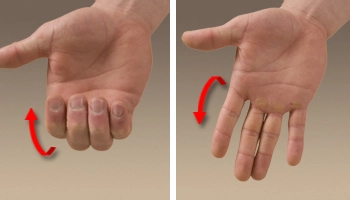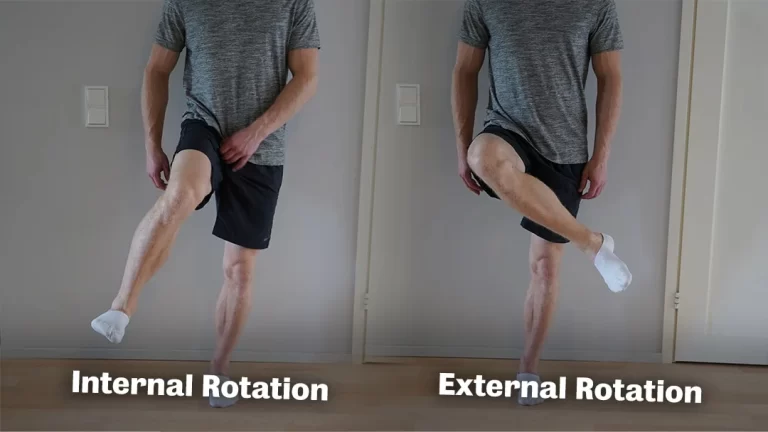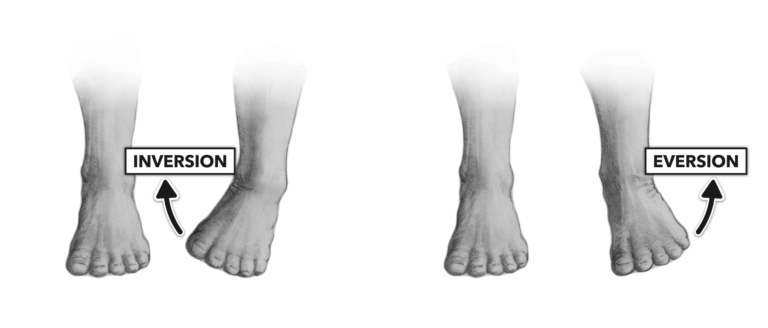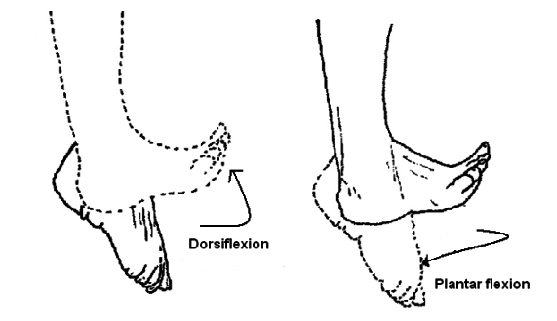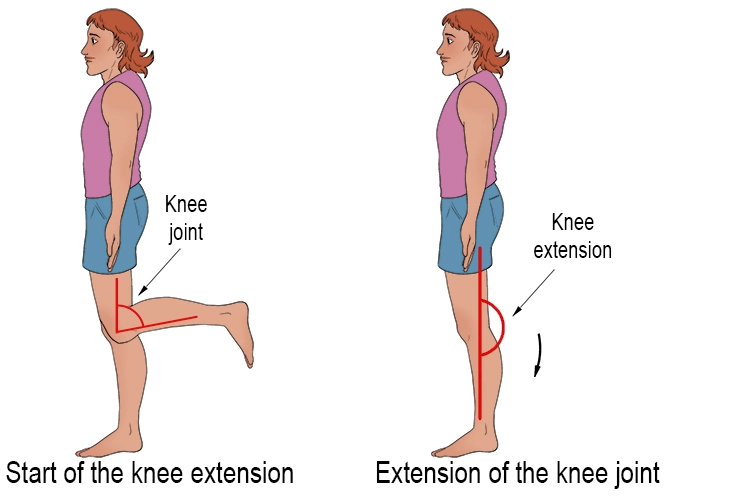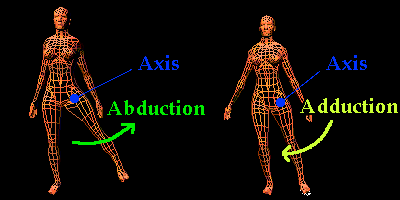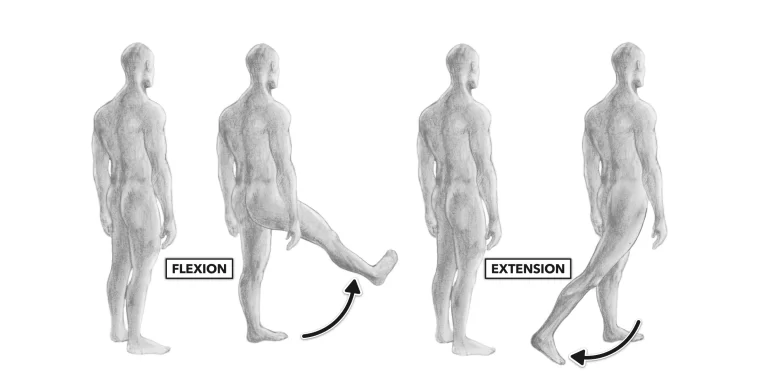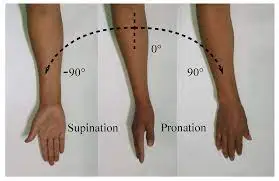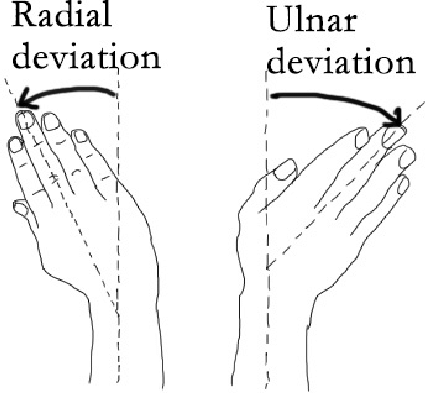Cervical Flexion And Extension
What is Cervical Flexion And Extension? Cervical flexion and extension refer to the movements of the neck, specifically the forward and backward bending of the cervical spine (cervical vertebrae). Here’s a breakdown of each move: Cervical Flexion What is Cervical Flexion? Cervical flexion refers to the forward flexion or flexion movement of the neck. This…

